Agility has become a new quality expected of legal rules. Reports, opinions and recommendations of all kinds are increasingly establishing agility as a cardinal legal virtue. In its annual study for 2017, the Conseil d’Etat theorizes agility as a legislative method combining flexibility and responsiveness (CE, “Puissance publique et plateformes numériques : accompagner l”ubérisation'”, 2017). The Report of the mission “Regulation of social networks – Facebook experimentation”, submitted to the Secretary of State for Digital in May 2019, still makes agility a quality of good laws. A symposium held on September 13, 2018 at the Jean Monnet University in Saint-Etienne also took “agile law and the digital revolution” as the subject of analysis.
What is agility, with its accents of managerial novlangue, the name of?

Although it is commonly used in the business world, lawyers are not used to this adjective. If a rule can be agile, is there such a thing as a clumsy or clumsy law? The question would be laughable if agility did not foreshadow the advent of a new legislative era. In the same vein, one thinks of the European Union’s REFIT program, which aims to produce sharp and efficient rules, just like the sculpted bodies posted on Instagram.But what is an agile rule? Thinking about agility implies conceiving the law in time and without consideration of thematic borders, i.e. by tracking down the “silos”, these new totems of bad organization. The best of rights risks withering away over time and becoming bogged down by the stacked layers of poorly organized legislation. This is the evil against which we must now fight.
The current debates on the responsibility of platforms and social networks show, for example, that the catch-all legal category of “technical intermediaries”, created in the early 2000s, has proved to be ill-suited to the developments of today’s Internet. But it was impossible to guess at that time that social networks (non-existent at the time) would claim billions of customers in 2019 and that their algorithms would be able to influence the elections of the largest democracies… Hence the need to create a structurally flexible legislation to accommodate innovations.
In this context, it is certainly possible to entrust (as is already done) the judge with the task of adapting the rules, by creating the conditions for flexibility, in particular through standards. But the method of judicial adaptation, apart from the democratic criticism of which it is the object, has become insufficient to avoid the obsolescence of the law. The pace of innovation has exceeded that of jurisprudence. And, in any case, legal security requires not waiting passively for a jurisprudential solution to emerge. Agility is synonymous with proactivity.
Agility therefore presupposes that the adaptation of the rule to economic and social developments is carried out by the legislator himself. Agility is thus presented as a structural method, profoundly democratic: the legislator must organize the conditions of its future reforms and better control the evolution of the law. How can this be done? By foreseeing the unforeseeable. Or rather, by organizing the conditions of future legal developments: by experimental laws, by setting the temporal and material conditions of future reforms, by resorting to legal benchmarking or even by publishing guidelines that can be adapted to new problems. The agile method is the first cousin of compliance and is part of the philosophy of regulation, with its procession of AAIs and APIs. Today, there are discussions about creating an authority for algorithms or AI.
What do we think about this? Is it a tool for good legal management or an instrument for a permanent legal revolution? Fighting against programmed legal obsolescence, an old evil but revived by rapid technical (r)evolutions, implies in any case to rethink normativity. Agility could thus impose itself as the missing link between classical law and soft law: a structurally augmented law, possessing the legal force of hard law and the adaptability of soft law.
Arnaud LATIL
Associate Professor
Avocat (Paris Bar)
